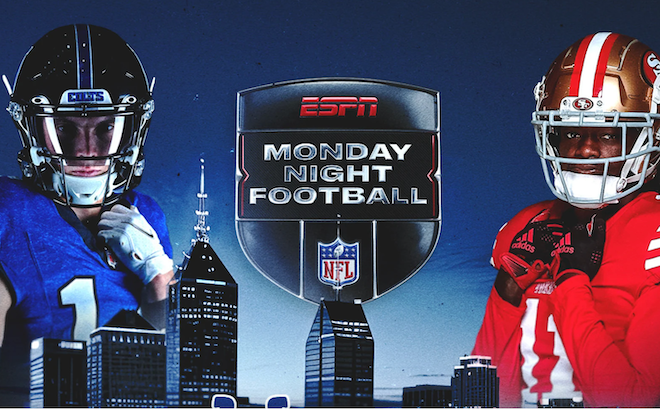The latest definition of the CMO is one who uses both the right side of their brain (which designs experiences to engage customers) and the left side (which masters technology and analytics) to deliver personalized, contextually rich experiences—known as the whole-brained CMO.

Not only have the personal and professional attributes and skills of this new CMO undergone major changes, but so too has the job description. Wharton School professor Jerry Wind, who has studied marketing topics for years, calls out the new approaches a CMO needs to be effective today.
He says technological skills, the ability to coordinate across other departments and the perseverance to be a relentless champion of marketing are key. Also, the person in the CMO role needs the guts to be a challenger, experimenter, adopter and risk taker.
Erick Dickens provides a lesson in risk taking. He is the president of marketing for King’s Hawaiian, which was in a tough spot five years ago with anemic unaided awareness and purchase frequency, and virtually no marketing budget. One strategic, rather risky move was to shun agencies and strike out on his own to develop marketing partnerships. He also turned against all of the industry reports pressing the position that really smart marketers were diving into digital and social. Dickens tried some things early on, but they didn’t move the needle. The team decided to go with content marketing as a framework. It produced great video content and executed sampling experiences and product integrations with partners like “Good Morning America” and “Celebrity Apprentice.” The results? Revenue doubled over the last five years and profits are up six fold.
Wharton’s Wind also opines on the rapid forces of change battering CMOs and marketing teams, including mobile, IoT, AI and automation. He shares the trends affecting marketing organizations and the CMO role, the challenges marketers face and how CMOs can be more effective. Read the article …
Related articles:



